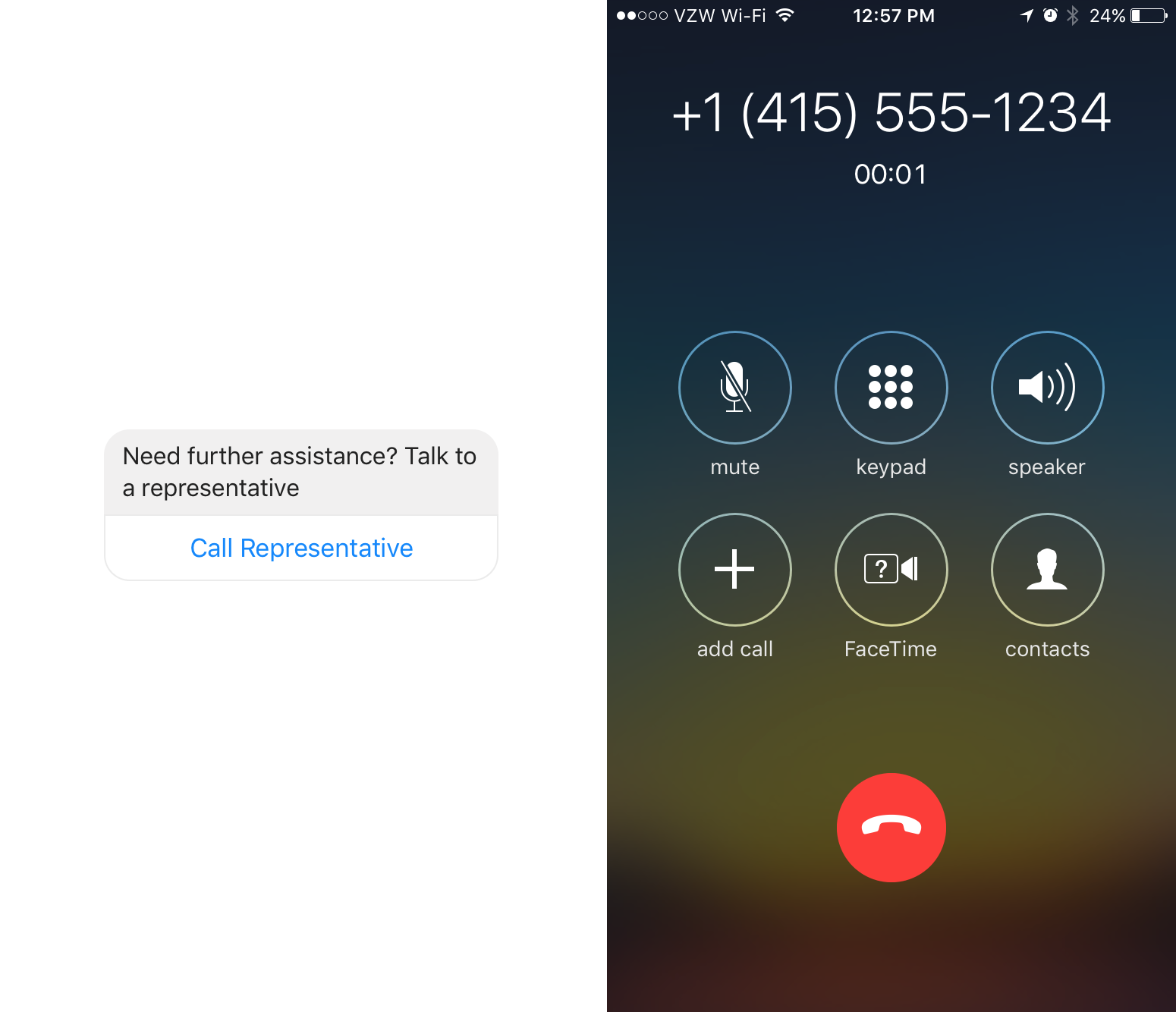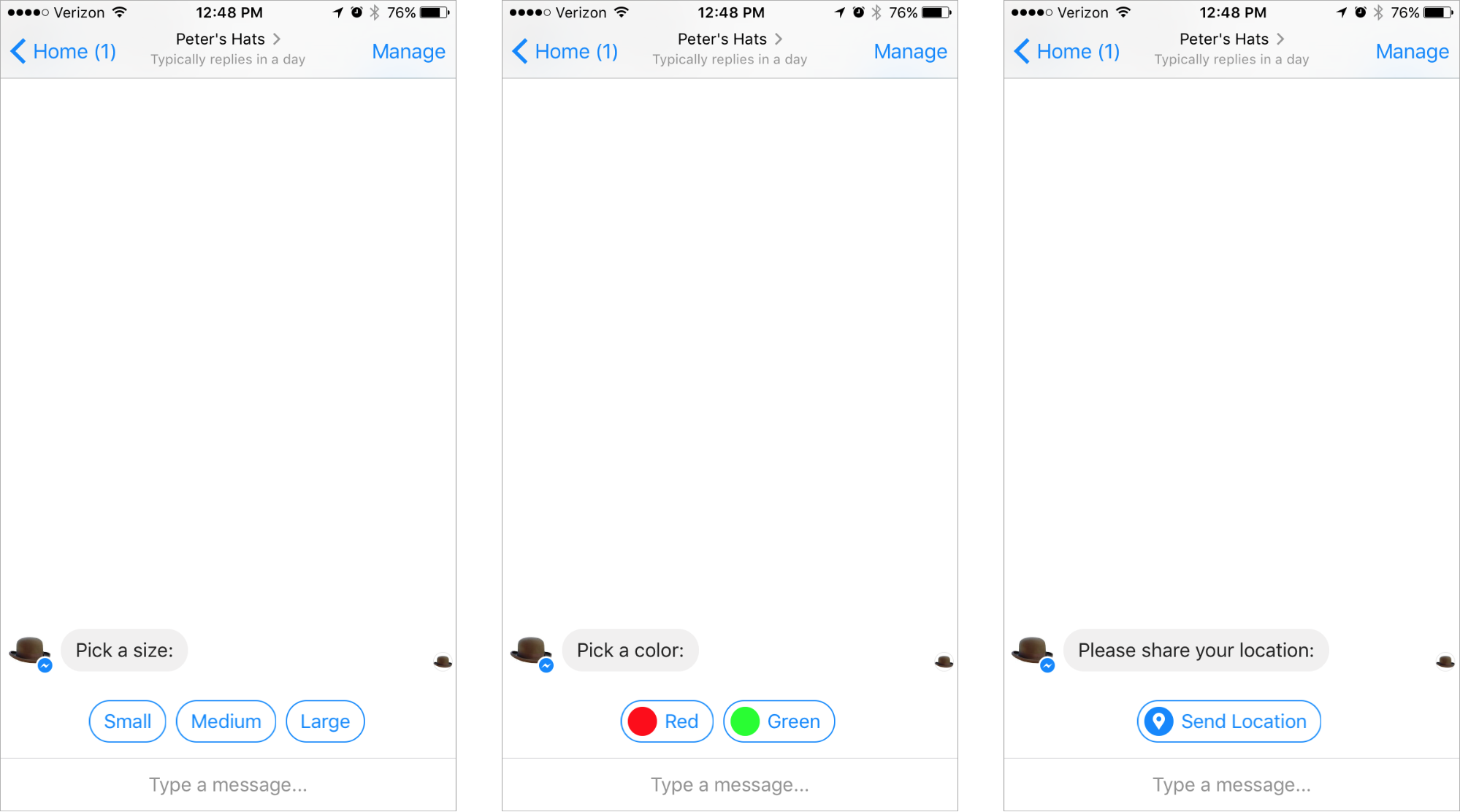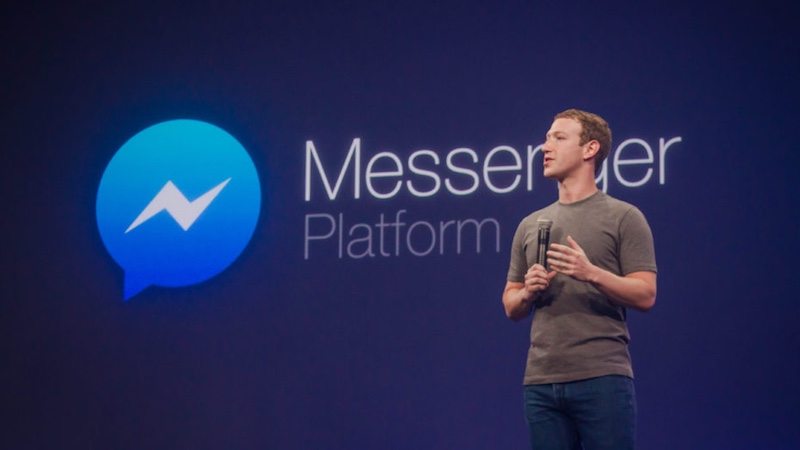Introduction to Facebook Messenger Bots
Episode #1 of the course Building your own Facebook Messenger bot by Carylyne Chan
Facebook Messenger announced their new Messenger bot platform at the F8 conference in April 2016 after an initial wave of interest about “conversational commerce.” Lots of bots today are focused on delivering experiences across personal productivity, customer support, finance, news, and entertainment, not just commerce and marketing.
In this course, we will look at the main processes of building a bot, and you can see in-depth documentation on the Facebook developers page.
Today, we’ll start off by quickly understanding the basics of the Facebook Messenger platform.
A Messenger bot is an automatic responder on your Facebook page. Whenever someone messages your page, the bot will be the one responding to the user, providing content and answering questions instantly.
Receive and send messages
The basic building blocks of a bot are receiving and sending messages from users. Briefly, you need to connect a bot to your Facebook page to start “listening” to what users are saying through a webhook, which tells the Facebook page how to respond when these messages are received.
Buttons
You can optimize your interactions with buttons that users can press in your bot menus. While we cover bot dialog on Day 3, it’s important to know that sometimes buttons are easier and quicker to use than typing things out. Specific-case buttons include “call,” “share,” and “buy.”

Special content formats
On the Messenger platform, you can use special formats such as Quick Replies, which appear at the bottom of the chat window and vary depending on the part of the bot flow that the user is at. There are also preset templates such as receipts and content display formats such as lists that you can customize.

Integrated bot flows
You can also choose to link your store or business account with your bot, so you can link the customer on Messenger to the customer in your business database. If you sell items on Messenger, you can also link up payment methods. We cover this in more detail on Day 5.
Message inbox
All user conversations with your bot are logged in your page’s messages. You can open them like other messages; the only drawback is that you may not know when a user is trying to reach you beyond talking to the bot. This is the reason why escalation flows (which we will talk about on Day 8) are really important.
Bot analytics
Facebook also provides native reporting on how your bot is doing in terms of basic engagement metrics such as number of users and number of events (how much activity). More custom analytics can help you improve the bot experience, and we’ll explore this on Day 7.
Your bot’s identity
You can share your bot directly with users by sending an https://m.me/yourbotname link. This can increase your reach and make it easier for users to contact you.
Over the course, you’ll also learn more about how to strategically think about what your bot does, who it serves, and what to do with technology like machine learning and natural language processing that you often hear in the same conversation as bots.
Tomorrow, we’ll explore how to choose the right use case for you (or your business) and how that impacts the overall design choices that you will make with your bot.
Share with friends

